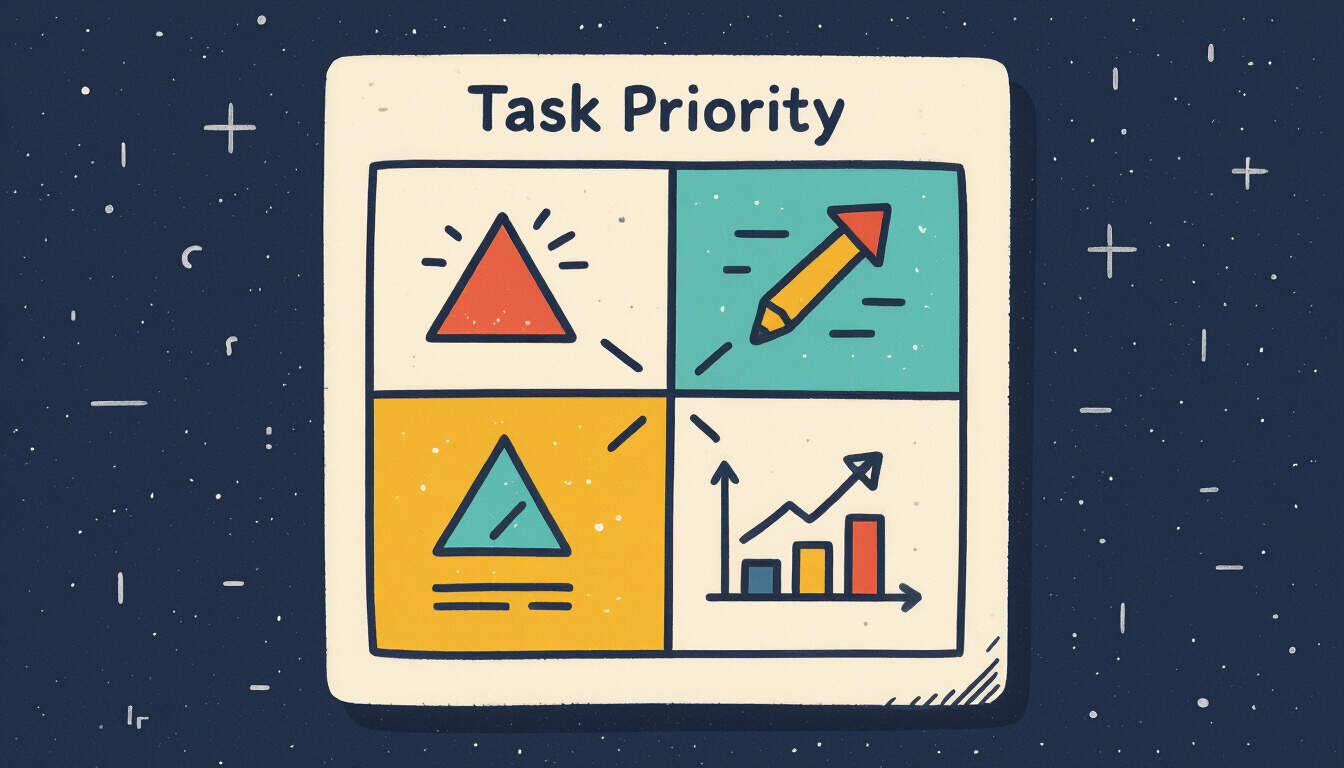Guide to the Eisenhower Matrix for Effective Time Management
 by Shanie Goodwin
by Shanie Goodwin
Discover the Eisenhower Matrix as a key tool for prioritizing tasks and boosting productivity. This guide explores its quadrants, practical application, and tips to help professionals and students manage their time more efficiently, leading to greater focus and achievement.

The Eisenhower Matrix offers a straightforward way to organize tasks based on their importance and urgency. This method helps individuals sort through daily responsibilities with ease.
What is the Eisenhower Matrix?
The Eisenhower Matrix is a simple framework that divides tasks into four categories. It draws from principles used by decision-makers to focus on what truly matters. By categorizing items, people can avoid wasting time on less critical activities.
In the first quadrant, you place tasks that are both important and urgent. These require immediate attention because they impact goals directly. For example, a student might handle exam preparation here if the test is tomorrow.
The second quadrant includes tasks that are important but not urgent. These contribute to long-term success and should be scheduled carefully. Building skills or planning projects fall into this area, allowing for steady progress without rush.
Quadrant three covers tasks that are urgent but not important. These often come from external demands and can distract from core objectives. Learning to delegate or limit these helps maintain focus.
Finally, the fourth quadrant is for tasks that are neither important nor urgent. These might include minor distractions that do not add value. Eliminating them frees up time for more meaningful work.
How to Use the Eisenhower Matrix
To start, list all your tasks for the day or week. Then, evaluate each one based on two factors: importance and urgency. Importance relates to how it aligns with your overall goals, while urgency deals with deadlines.
Once listed, place each task into one of the four quadrants. This visual approach makes it easier to see priorities clearly. For instance, a professional might identify client meetings as urgent and important, while routine emails go into the urgent but not important category.
After sorting, take action accordingly. Handle quadrant one tasks right away. Schedule quadrant two items for later. For quadrant three, consider passing them on if possible. And for quadrant four, simply remove them from your list.
Regular use of this matrix can lead to better habits. Many find that reviewing it daily keeps them on track and reduces stress from overwhelming to-do lists.
Benefits of the Eisenhower Matrix
This tool brings several advantages for busy individuals. It promotes clearer decision-making by highlighting what needs attention first. Over time, users report higher efficiency and less fatigue from constant multitasking.
For students, it aids in balancing study time with other commitments. By focusing on important tasks, they achieve better results without last-minute rushes. Professionals appreciate how it streamlines workflows and enhances output quality.
Another benefit is improved work-life balance. By identifying non-essential tasks, people create space for rest and personal activities. This leads to sustained motivation and prevents burnout.
Real-Life Examples
Consider a typical workday for a project manager. They might use the matrix to prioritize tasks like finalizing a report, which is both urgent and important. Meanwhile, answering non-critical phone calls goes into another category.
A student preparing for finals could apply it to their schedule. Reading assigned chapters might be important but not urgent, so they plan it for the next day. Social media scrolling, however, would be flagged for elimination.
In both cases, the matrix helps transform chaos into order. It encourages proactive choices that align with personal and professional aspirations.
Tips for Effective Implementation
Start small by applying the matrix to just a few tasks each day. This builds familiarity without overwhelming your routine. Track your progress over a week to see improvements in productivity.
Combine it with other methods, like setting daily goals, to enhance results. Remember to revisit your definitions of important and urgent as circumstances change.
Stay consistent for the best outcomes. Many users find that weekly reviews help refine their approach and adapt to new challenges.
In summary, the Eisenhower Matrix serves as a valuable aid for anyone seeking to manage time more effectively. By categorizing tasks thoughtfully, individuals can focus their efforts where they matter most, leading to greater achievement and satisfaction.
